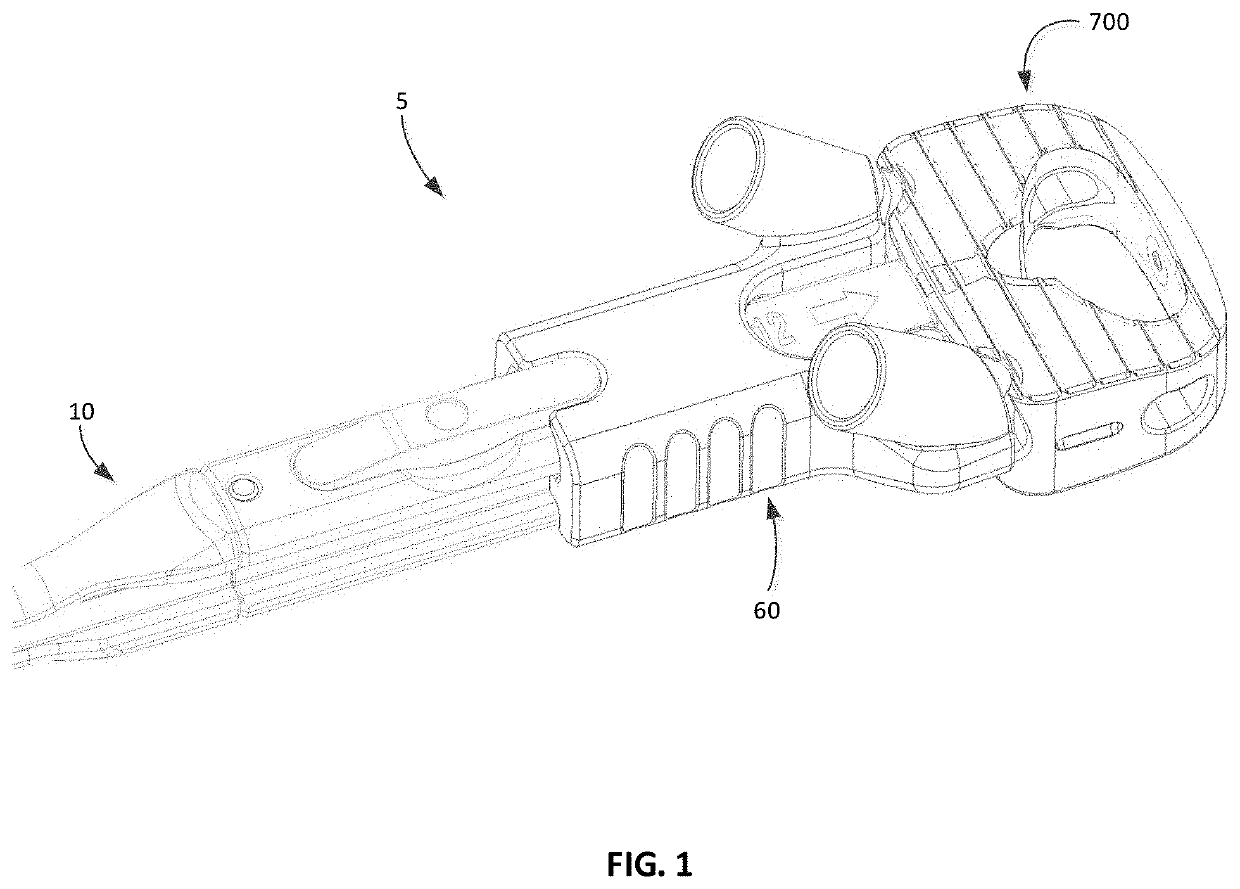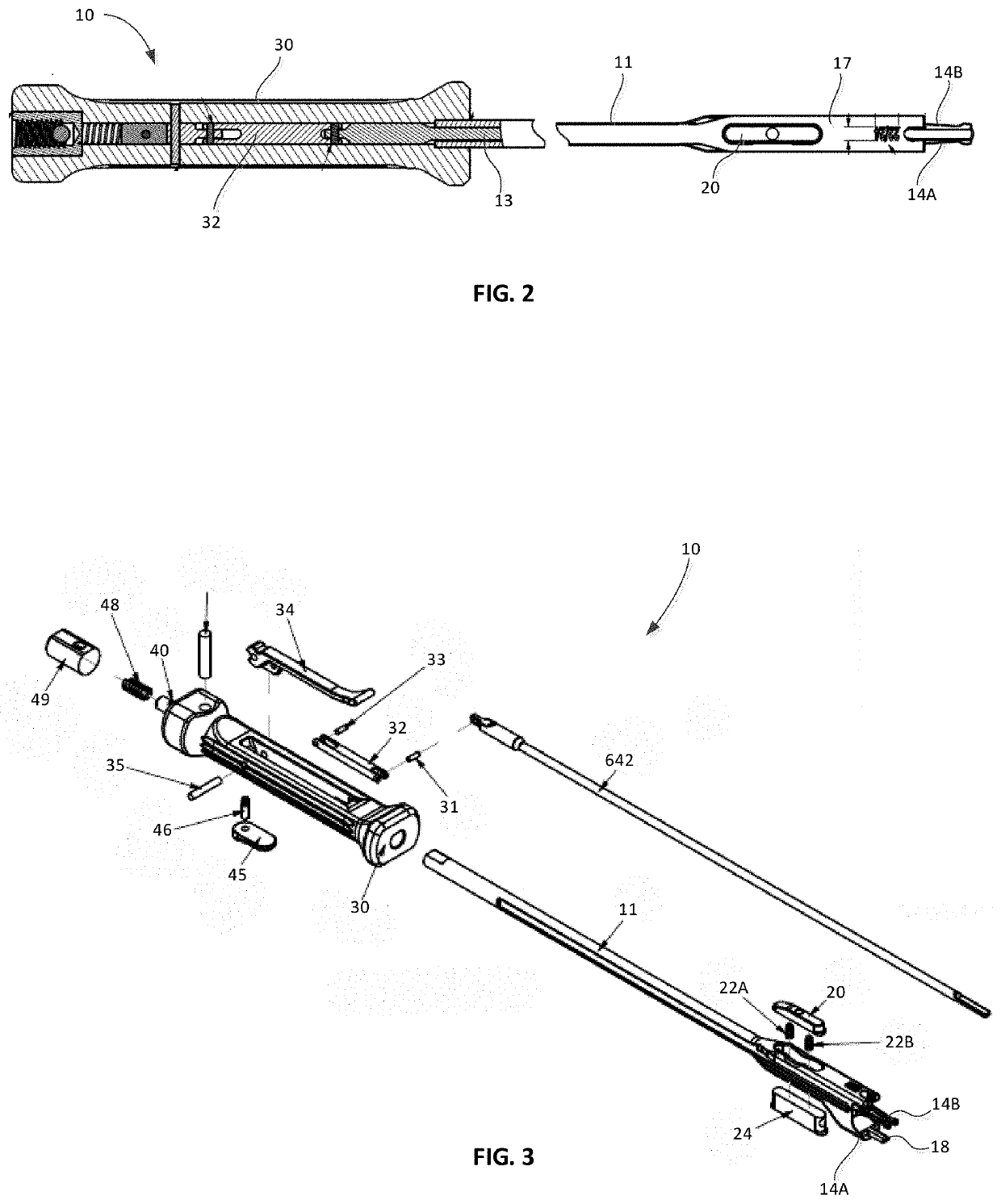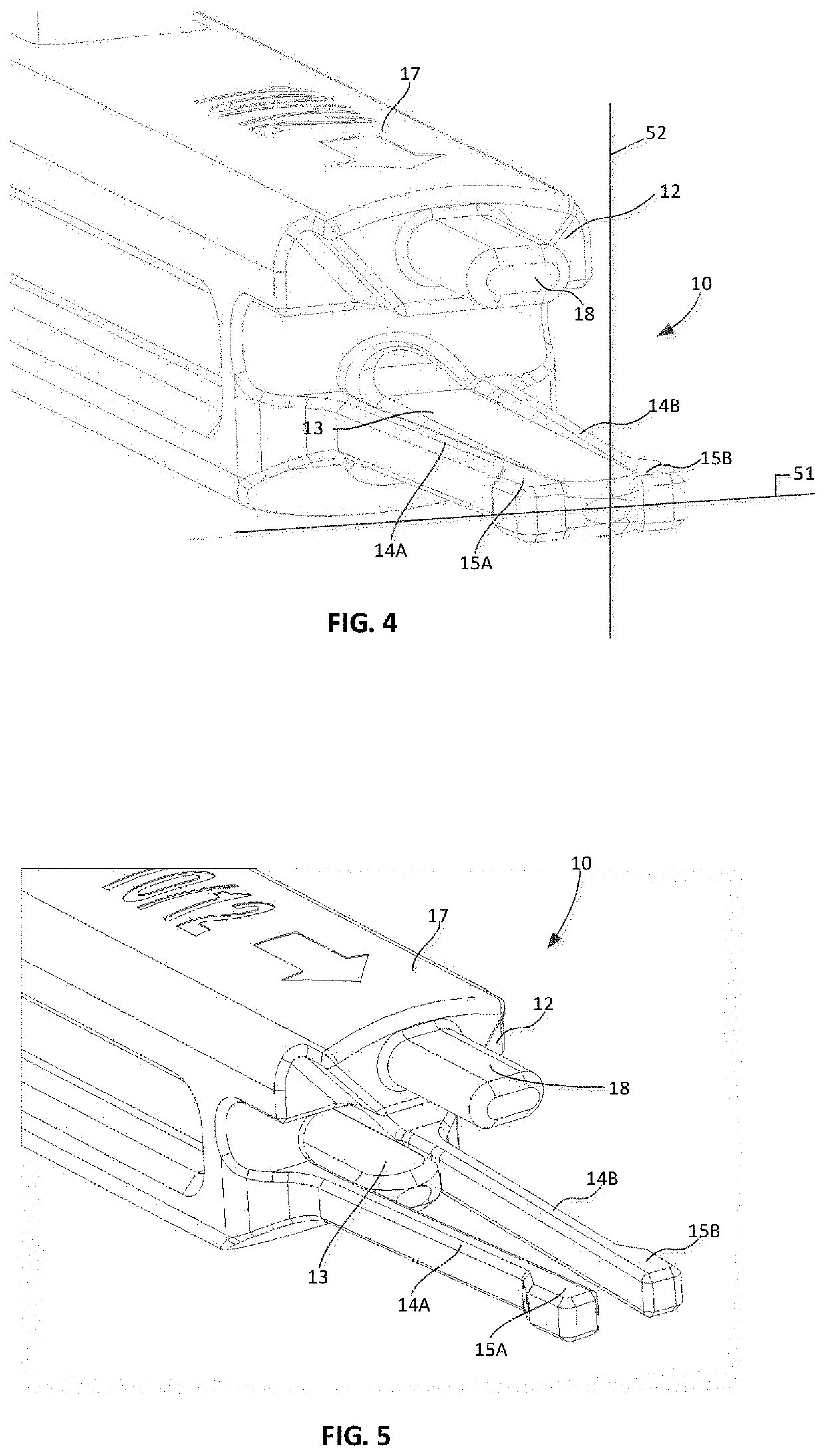Tritanium AL Implants and Instrumentation
a technology of titanium al and implants, applied in the field of titanium al implants and instruments, can solve the problems of excess instrumentation, poor implant performance or potential failure, and unstable implants or implants, and achieve the effect of preventing the proximal movement of the drill guid
- Summary
- Abstract
- Description
- Claims
- Application Information
AI Technical Summary
Benefits of technology
Problems solved by technology
Method used
Image
Examples
Embodiment Construction
[0053]The present disclosure generally relates to instruments and implants used to repair and reconstruct a mammalian spine. Instruments described include an insertion tool, a drill guide engageable with the insertion tool, and a graft clip, among others. These instruments are used to improve methods of placing an intervertebral implant within an intervertebral space in a reconstructive surgery. Further, various implants used with such instruments are also described herein. One example of an implant insertion system 5 is shown in FIG. 1 and includes an insertion tool 10 and a drill guide 60. In the illustrated system, an intervertebral implant 700 is secured to the insertion tool. These components improve the ability of a user to engage an implant with an instrument and also improve the ability of the user to properly secure the implant in the correct position within a body of a patient. The use of the term “user” herein should be construed broadly to mean the person or machine (e.g...
PUM
 Login to View More
Login to View More Abstract
Description
Claims
Application Information
 Login to View More
Login to View More - R&D
- Intellectual Property
- Life Sciences
- Materials
- Tech Scout
- Unparalleled Data Quality
- Higher Quality Content
- 60% Fewer Hallucinations
Browse by: Latest US Patents, China's latest patents, Technical Efficacy Thesaurus, Application Domain, Technology Topic, Popular Technical Reports.
© 2025 PatSnap. All rights reserved.Legal|Privacy policy|Modern Slavery Act Transparency Statement|Sitemap|About US| Contact US: help@patsnap.com



